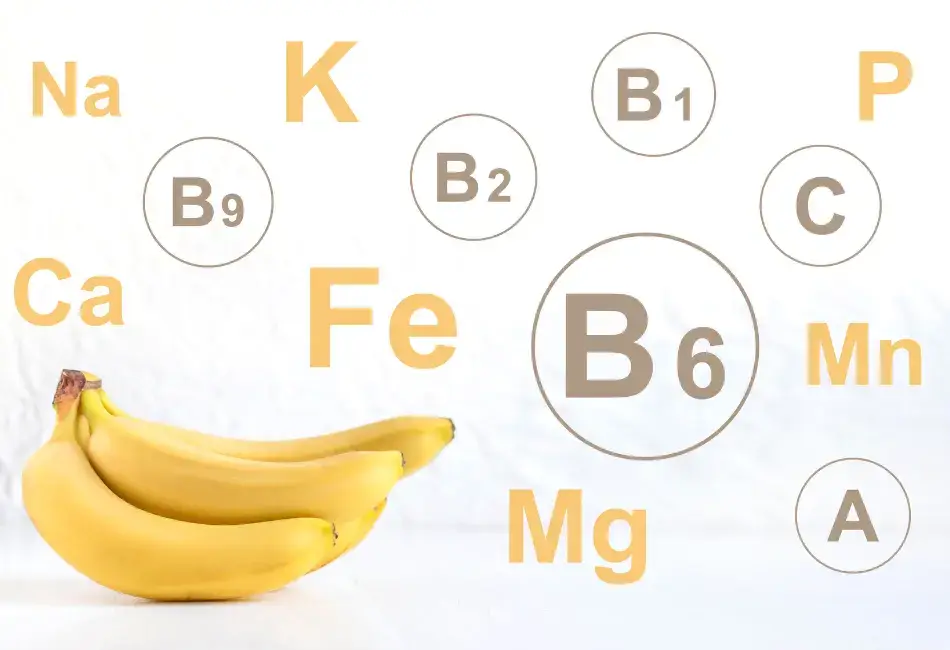
Vitamins and minerals are important nutrients that your body needs in small amounts to work properly. Most people are required to be able to receive all of the nutrients they require by eating a varied and balanced diet.
Types of vitamins
Fat-soluble vitamins
Fat-soluble vitamins lie mainly in fatty foods such as:
- pet fats, containing butter and lard
- veggie oils
- milk things foods
- liver
- oily fish
While your body needs these vitamins day by day to work appropriately, you do not need to consume foods having them daily.
This is because, if your body does not require these vitamins quickly, it preserves them in your liver and fats for future use. These stores can build up so they exist when you require them.
Fat-soluble vitamins are:
Water-soluble vitamins
Water-soluble vitamins are not saved in the body, so you are called to have them commonly.
If you have more than you require, your body gets rid of the extra vitamins when you urinate However, if you have a whole lot above you need, fat-soluble vitamins can be unsafe.
Water-soluble vitamins depend on fruit, veggies, and grains. This recommends that by preparing these foods, specifically steaming them, you lose a number of these vitamins. The absolute best technique to protect as much of the water-soluble vitamins as feasible is to vaporize or grill these foods, in contrast, to vaporize them.
Water-soluble vitamins are:
Minerals
Minerals are required for 3 significant components:
- structure strong bones and teeth.
- managing body fluids inside and outside cells.
- changing the food you eat into power.
You need minerals in the kind they are located in food.
Minerals lie in foods such as:
- meat
- grains consisting of grain items such as bread.
- ish
- milk and milk foods
- veggies, fruit (especially dried-out fruit)
- nuts
Vital minerals include calcium and iron.
Trace Elements
Trace elements are furthermore vital nutrients that your body needs to function effectively, yet in a lot smaller quantities than nutrients.
Trace elements lie in percentages in a variety of foods such as meat, fish, grains, milk and milk foods, veggies, and nuts.